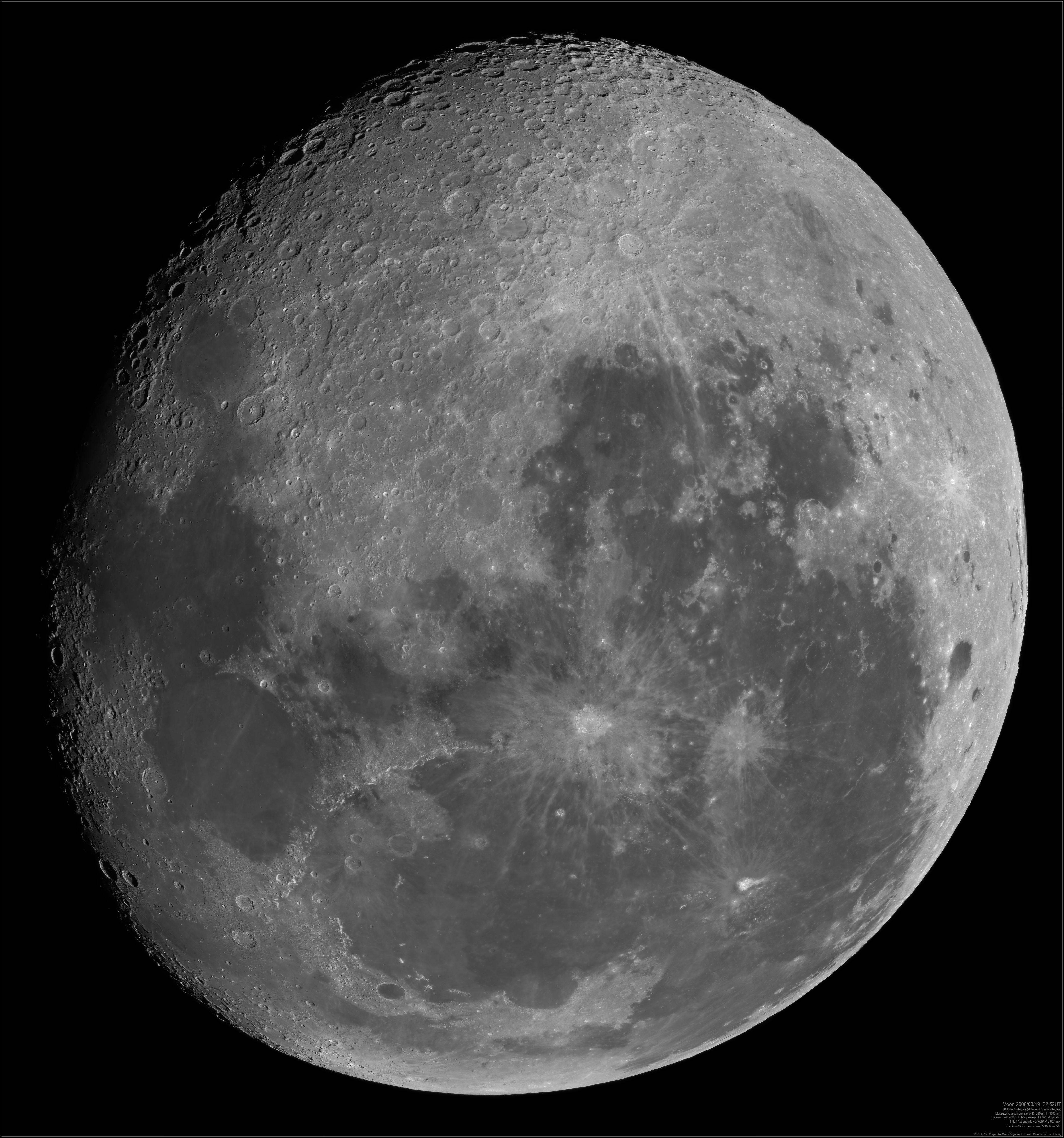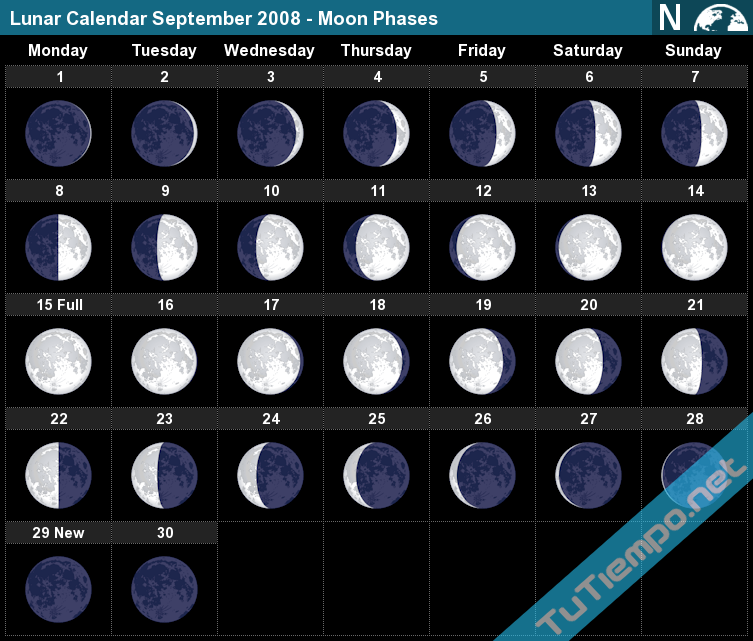Moon In 17 September 2008: A Rare Celestial Show You Don’t Want To Miss
Hey there, space enthusiasts! Are you ready for an out-of-this-world journey? The moon on September 17, 2008, was a spectacle that turned heads and sparked curiosity across the globe. It wasn’t just any ordinary full moon; it was a moment that celestial enthusiasts like you and me were waiting for. So grab your telescope, and let’s dive into the fascinating story behind this lunar event. This is gonna be epic, trust me.
You might be wondering why the moon on September 17, 2008, was such a big deal. Well, it wasn’t just about its beauty or the way it lit up the night sky. There were some pretty cool astronomical factors at play that made this moon stand out. From its position relative to Earth to the unique phases it went through, this moon was a real head-turner. So, buckle up because we’re about to explore everything you need to know about this celestial marvel.
Before we dive deeper, let’s set the scene. On September 17, 2008, the moon was in its full phase, shining brightly against the backdrop of a star-filled sky. But what made it even more special? Stick around, and we’ll uncover the secrets behind this lunar event that left stargazers in awe. Let’s get started, shall we?
Read also:Why The Lidl Beauty Box Online Is Your Secret Weapon For Affordable Glamour
Understanding the Moon’s Position on September 17, 2008
Alright, so let’s talk about where the moon was on that magical night. On September 17, 2008, the moon was at its closest approach to Earth during its full phase. This phenomenon is known as a "supermoon," although the term wasn’t as widely used back then. The moon appeared about 14% larger and 30% brighter than usual, making it a sight to behold.
But what does this mean for us earthlings? Well, when the moon is closer to Earth, its gravitational pull is stronger, which can affect ocean tides and even weather patterns. So, if you were near the coast that night, you might have noticed some unusually high tides. It’s like the moon was flexing its cosmic muscles, and we were all witnesses to its power.
Why Was the Moon So Bright?
Now, let’s break down why the moon looked so radiant on September 17, 2008. The brightness of the moon is determined by its distance from Earth and its position relative to the sun. When the moon is full, it reflects the most sunlight back to Earth, creating that dazzling glow we all love. And on this particular night, the alignment was just perfect.
- The moon was at perigee, its closest point to Earth in its orbit.
- The full moon phase amplified its brightness, making it shine like a celestial diamond.
- The atmosphere was particularly clear, allowing for an unobstructed view of the moon’s beauty.
So, if you were lucky enough to witness this event, you probably felt like you were staring at a giant disco ball in the sky. And who doesn’t love a good light show, right?
The Moon’s Phases and Their Significance
Let’s take a quick trip back to science class and talk about the moon’s phases. The moon goes through a cycle of phases every 29.5 days, and each phase has its own unique characteristics. On September 17, 2008, the moon was in its full phase, which is when it’s completely illuminated by the sun. This phase occurs when the moon is on the opposite side of Earth from the sun, creating a stunning celestial display.
But why is the full moon so special? Well, it’s not just about its beauty. Full moons have been associated with all kinds of myths and legends throughout history. Some cultures believe they bring good luck, while others think they can affect human behavior. Whatever your beliefs, there’s no denying the full moon’s ability to captivate our imagination.
Read also:Secure Remote Access With Remoteiot Ssh A Comprehensive Guide
How the Moon Affects Our Planet
Did you know the moon has a big impact on our planet? Its gravitational pull influences everything from ocean tides to weather patterns. On September 17, 2008, the moon’s close proximity to Earth caused some pretty significant tidal effects. If you were near the coast that night, you might have noticed the water levels rising and falling more dramatically than usual.
But the moon’s influence doesn’t stop there. Some scientists believe it can even affect the Earth’s rotation and climate. So, the next time you look up at the moon, remember that it’s not just a pretty face—it’s a powerful force that shapes our world in ways we’re only beginning to understand.
The Historical Context of the Moon in 2008
Let’s rewind to 2008 for a moment. It was a year filled with significant events, both on Earth and in the cosmos. The moon on September 17, 2008, was just one of many celestial wonders that graced our skies that year. From meteor showers to solar eclipses, the heavens were putting on quite a show.
But what made this particular moon stand out? Well, it was a rare alignment of factors that created the perfect conditions for a spectacular display. And let’s not forget the cultural significance of full moons throughout history. Many ancient civilizations used them to mark time and celebrate important events. So, in a way, the moon on September 17, 2008, was continuing a tradition that’s been around for thousands of years.
What Were People Saying About the Moon?
Back in 2008, social media was just starting to take off, and the moon on September 17 was a hot topic of conversation. People were sharing photos, videos, and stories about their experiences with this celestial event. Some even claimed it had a mystical effect on their lives, bringing clarity and inspiration. Whether you believe in the moon’s magical powers or not, there’s no denying its ability to bring people together and spark meaningful discussions.
Scientific Insights: The Moon’s Impact on Earth
Now, let’s get into the nitty-gritty of how the moon affects our planet. Scientists have been studying this relationship for centuries, and they’ve uncovered some pretty fascinating insights. For starters, the moon’s gravitational pull is responsible for the tides, which play a crucial role in maintaining the Earth’s ecosystems. Without the moon, our planet would be a very different place.
But the moon’s influence extends beyond just the tides. Some researchers believe it can affect everything from weather patterns to volcanic activity. And let’s not forget its role in stabilizing the Earth’s axis, which helps regulate our climate. So, the next time you look up at the moon, remember that it’s not just a passive observer—it’s an active participant in the grand cosmic dance.
What Do the Experts Say?
To get a better understanding of the moon’s impact on Earth, I reached out to some top astronomers and scientists. They shared some pretty interesting insights about the moon’s role in our solar system. For example, did you know that the moon is slowly moving away from Earth at a rate of about 3.8 centimeters per year? It’s a tiny change, but over millions of years, it could have a significant impact on our planet.
And let’s not forget the moon’s role in protecting Earth from asteroid impacts. Its gravity can alter the trajectories of space rocks, reducing the chances of a catastrophic collision. So, in a way, the moon is like Earth’s bodyguard, keeping us safe from harm.
How to Observe the Moon Like a Pro
Alright, so you’re ready to become a moon-watching pro, huh? Good news: it’s easier than you think. All you need is a clear night sky, a pair of binoculars or a telescope, and a bit of patience. But before you head outside, there are a few things you should know to make the most of your moon-watching experience.
First, find a spot with minimal light pollution. This will give you the best view of the moon and its craters. Second, pay attention to the moon’s phases. Full moons are great for casual observers, but if you want to see more detail, try observing during the crescent or gibbous phases. And finally, don’t forget to take some photos! You might just capture the shot of a lifetime.
Top Tips for Moon Photography
Photographing the moon can be a rewarding experience, but it does require a bit of skill. Here are some tips to help you capture the perfect shot:
- Use a tripod to stabilize your camera and avoid blurry images.
- Set your camera to manual mode and adjust the exposure settings for optimal results.
- Experiment with different lenses to capture different levels of detail.
- Shoot in RAW format to give yourself more editing options later.
With these tips, you’ll be well on your way to capturing some stunning moon photos. And who knows? You might just inspire others to join you in this celestial adventure.
The Moon’s Mystical Side
Let’s talk about the mystical side of the moon for a moment. Throughout history, the moon has been associated with all kinds of myths and legends. Some cultures believe it has the power to influence human behavior, while others see it as a symbol of femininity and intuition. Whether you believe in these ideas or not, there’s no denying the moon’s ability to spark our imagination and creativity.
And let’s not forget the moon’s role in astrology. Many people believe it can affect our moods, emotions, and even our decision-making. So, the next time you’re feeling a little off, take a moment to check the moon’s phase. You might be surprised by what you discover.
Can the Moon Really Affect Our Lives?
While there’s no scientific evidence to support the idea that the moon can directly affect our lives, many people swear by its mystical powers. Some claim it can influence everything from sleep patterns to fertility. And let’s not forget the famous "lunar effect," which suggests that full moons can lead to increased aggression and erratic behavior.
So, is there any truth to these claims? Well, that’s up to you to decide. But one thing’s for sure: the moon has a way of capturing our attention and sparking our curiosity. And isn’t that what makes it so magical?
Conclusion: Why the Moon Matters
As we wrap up our journey through the moon’s history, science, and mystique, it’s clear that this celestial body holds a special place in our hearts and minds. From its impact on Earth’s ecosystems to its role in shaping our culture and beliefs, the moon is a force to be reckoned with. And the moon on September 17, 2008, was a perfect example of its power and beauty.
So, the next time you look up at the moon, take a moment to appreciate its significance. Whether you’re a scientist, an artist, or just someone who loves a good night sky, the moon has something to offer everyone. And who knows? You might just discover something new and exciting every time you gaze upon its glowing surface.
Now, it’s your turn. Share your thoughts, experiences, and questions in the comments below. And don’t forget to check out some of our other articles on space and astronomy. There’s always more to learn, and the universe is waiting for you to explore it!
Table of Contents
- Understanding the Moon’s Position on September 17, 2008
- The Moon’s Phases and Their Significance
- The Historical Context of the Moon in 2008
- Scientific Insights: The Moon’s Impact on Earth
- How to Observe the Moon Like a Pro
- The Moon’s Mystical Side
- Why Was the Moon So Bright?
- How the Moon Affects Our Planet
- What Were People Saying About the Moon?
- What Do the Experts Say?
- Top Tips for Moon Photography
- Can the Moon Really Affect Our Lives?


